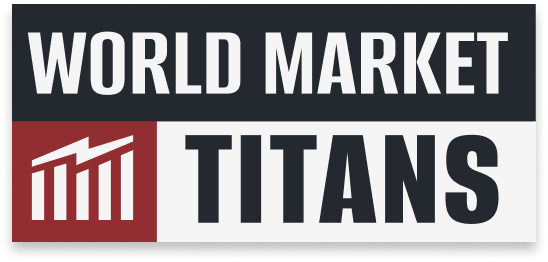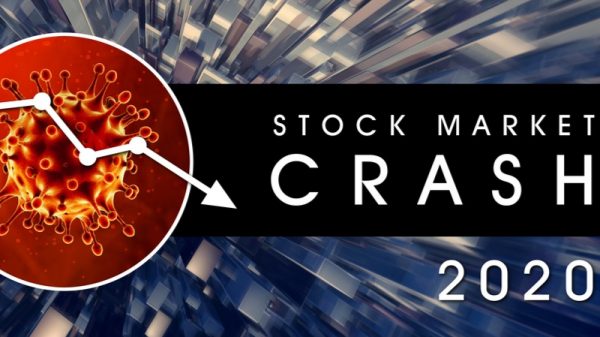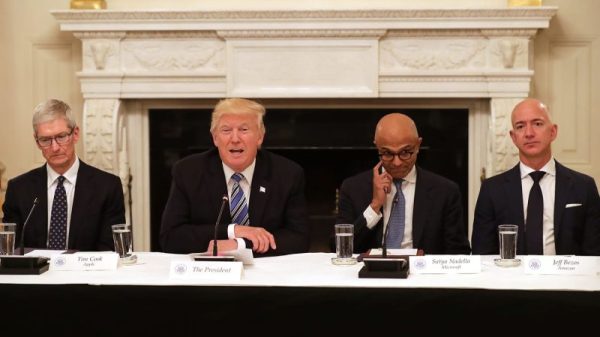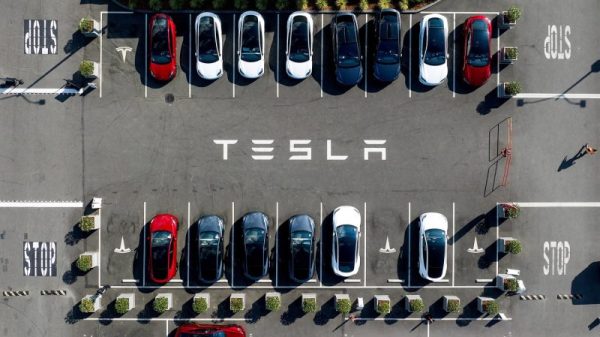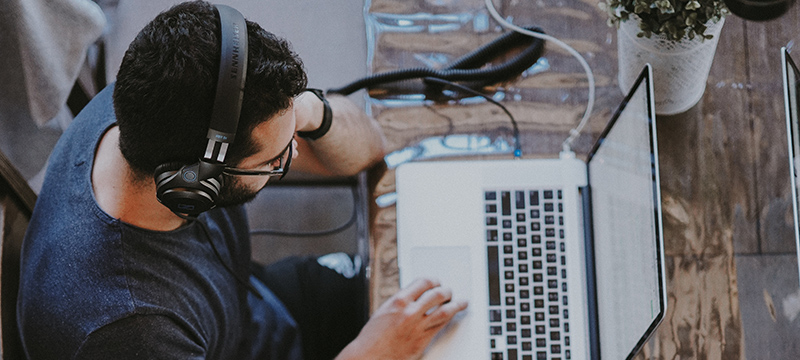With the age of technology, it is only reasonable to apply innovations to all spheres of life, including education. Even less than a decade ago, learners were using paper books, notepads, and their physical presence in the classroom was mandatory. Today, you don’t even need to be present on campus to get a diploma and actually some knowledge out of this experience!
The younger generation doesn’t even think twice about using all technology available to them to simplify their learning process. For example, many students have used an online essay writing service with a request “write a paper for me”, to delegate some of their homework to. After all, this is exactly what digitalization is here to do!
So, do you want to know more about the most recent innovations for students? Here are 8 amazing examples of digital transformation in education!
What is the main focus of digital transformation in education?
Of course, it’s not necessary to explain why the world needs to pursue even more technological progress. But for some people, it’s not quite obvious why the education industry needs digital transformation. For example, college students might appreciate the recent shift to online learning even without thinking that it’s part of a bigger makeover.
So, the main advantages of digital transformation in education are the following:
accessibility for everyone
interactive learning
improved engagement of all students
8 best examples of digital transformation in education
Now that you understand the basics behind the idea of digitizing processes and products, you can think about some examples that you might have already encountered before. For example, you might have already used essayservice.com for online tutoring. Some might say that these courses are also an example of digitalization!
Personalized learning
This is one of the most amazing examples of digitalization that you can find. At first, it might not seem like a huge innovation, but it means the world to some of the students. Now, educators have an opportunity to personalize learning experiences for each student based on their style, pace, preferences, and strengths. Here are some of the tools that can be used here:
mentoring
one-on-one tutorship
search engines
tiered targets
Massive Open Online Courses (MOOCs)
Basically, Massive Open Online Courses are materials that are collected in a library and are available on the internet for anyone to access. There are many different subjects that you can find here, and even get a certificate when you finish a certain course. What is interesting is that you can find classes from the best and most prestigious educational institutions in the world!
Gamification
You might be already familiar with this term in case you are a visual learner and enjoy the game-like learning process. Generally speaking, this term is pretty self-explanatory. Educators use different game elements in their practices to engage the students and reward them for their efforts. This might work a little better for younger students, but adults can enjoy this process as well!
VR and AR
You have already heard about virtual and augmented realities being used in the gaming and media industries. At the same time, these technologies have the potential to revolutionize the way students learn. For example, design and engineering pupils can now visualize their projects and create them in new dimensions, enhancing the real world.
Remote proctoring
This might not be good news for the learners, but this technology has great potential for educators! With the help of remote proctoring, teachers can oversee how the exams go without actually being present on site of the test. For example, they can confirm the identities of the students and oversee their integrity during the exam.
Collaborative learning
Since the COVID-19 pandemic started, many undergraduates and educators have mastered the technology to continue their learning process without any distractions. The best research paper writing services also can fall into this category. With the help of a collaborative environment, classmates have an opportunity to work together on group projects and assignments.
Flipped classroom
In a flipped classroom, students watch video lectures and complete online activities at home, freeing up classroom time for interactive, hands-on learning experiences. Thanks to different digital tools like video platforms and online course management systems, teachers can now actually talk to their pupils and spend more time with each of them.
Blockchain-based authentication
Blockchain is not only connected to cryptocurrency, as many people might think. In a broader sense, this is an amazing technology that provides secure connections and data storage. For students, this means that they can store and verify their credentials online. This technology opens up many opportunities for sharing data with classmates, teachers, and employers securely.
Takeaway
So there you have it, 8 examples of digitalization in the learning world. Some of these achievements might seem familiar. That’s because the idea was already there many years ago, and only now has technological progress allowed to turn these ideas into reality! Today, pupils from all over the world can experience these innovations while they are getting their diplomas.
The post 8 Examples of Digital Transformation in the Education Industry appeared first on IoT Business News.
